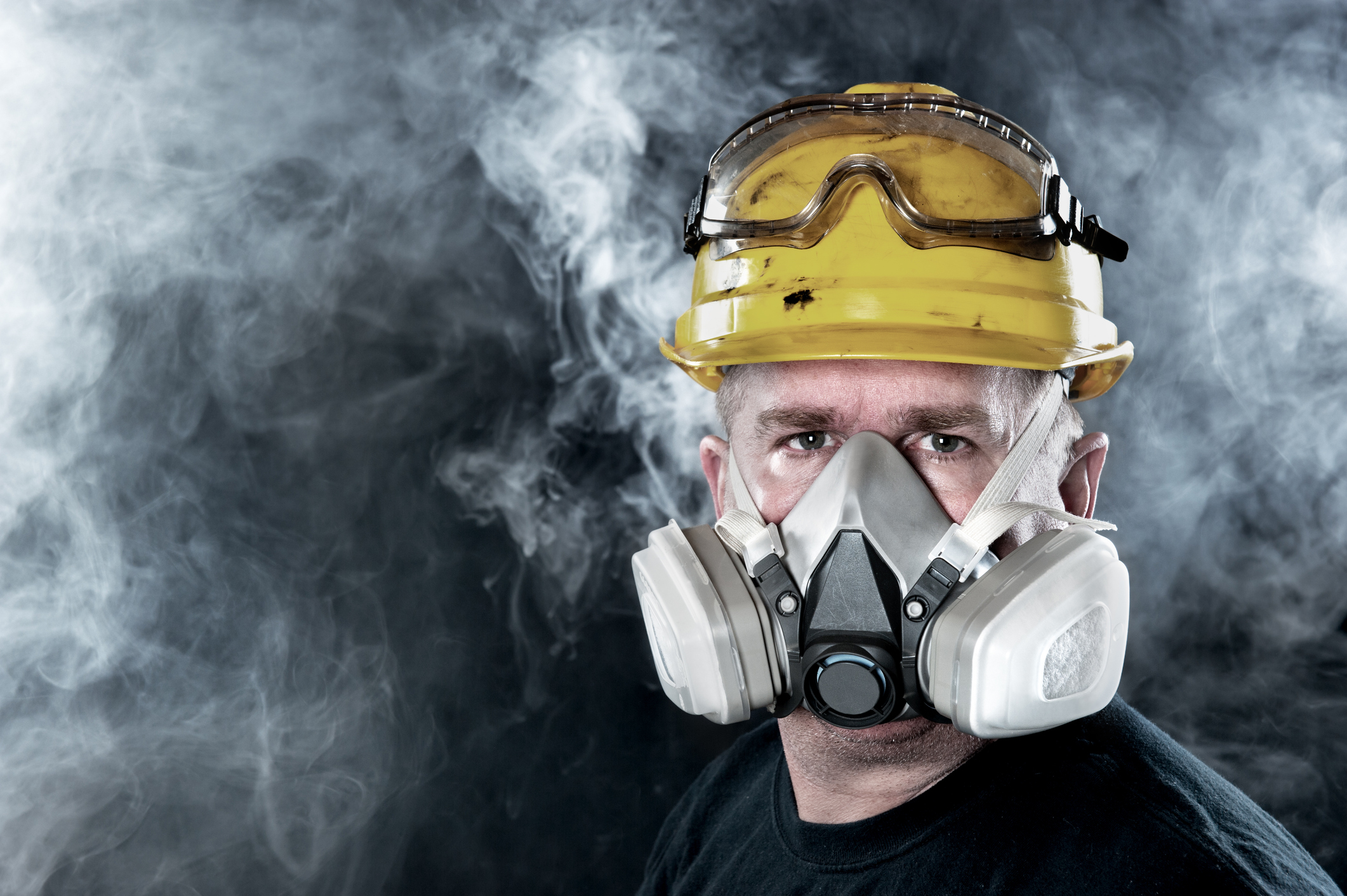Confined Space Fatalities

OSHA continues to report asphyxiation as the leading cause of death in confined spaces, generally resulting from oxygen deficiency or from exposure to toxic atmospheres. One of the most tragic incidents that may come to mind is the loss of the three utility-company workers who succumbed to toxic gases in a manhole back in early 2017. OSHA investigated that incident and the post-incident testing revealed lethal levels of hydrogen sulfide and carbon monoxide.
The employer was cited by OSHA for “serious violations of failing to purge or ventilate the confined space before entry, exposing their workers to an asphyxiation hazard, and not providing the necessary rescue and emergency equipment” for a permit-required confined space. Had testing and monitoring with a gas detector been in use, an alarm would have indicated danger and these three lives could have been saved.
Learn the ins-and-outs of the confined space entry standard and protect you employees from these deadly hazards. This month, NASP is running 25% off ALL of our online Specialist Courses (use coupon code CYNOVSPC) and 50% off of our Professional Development Courses (use coupon code CYNOV2020). Don’t miss out on these savings.
Confined Space Entry Specialist – $296.25 use coupon code CYNOVSPC
Confined Space Entry Specialist Construction – $296.25 use coupon code CYNOVSPC
Blog Posts
Latest Posts
Related Posts




